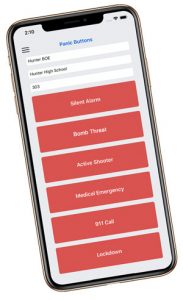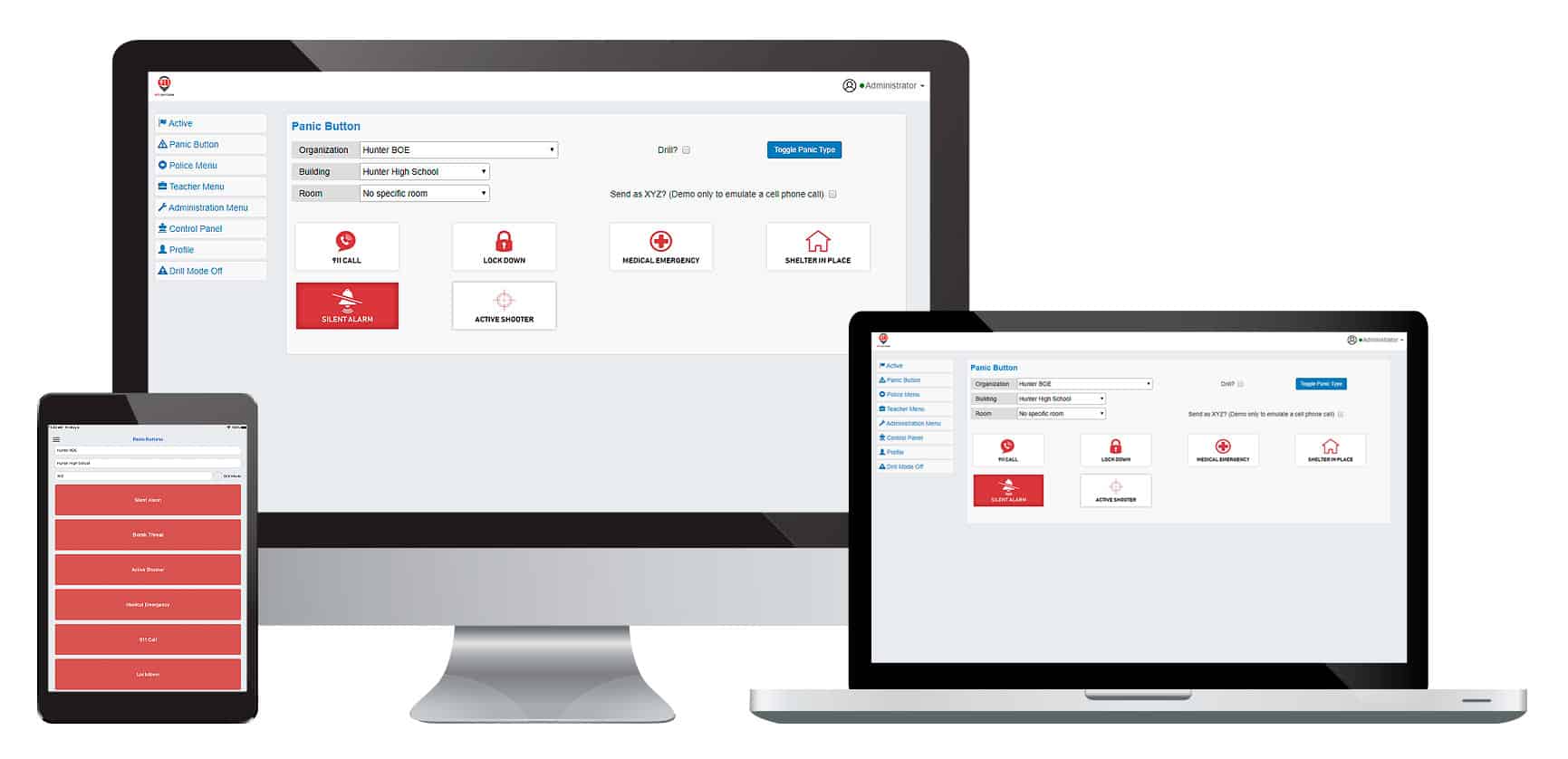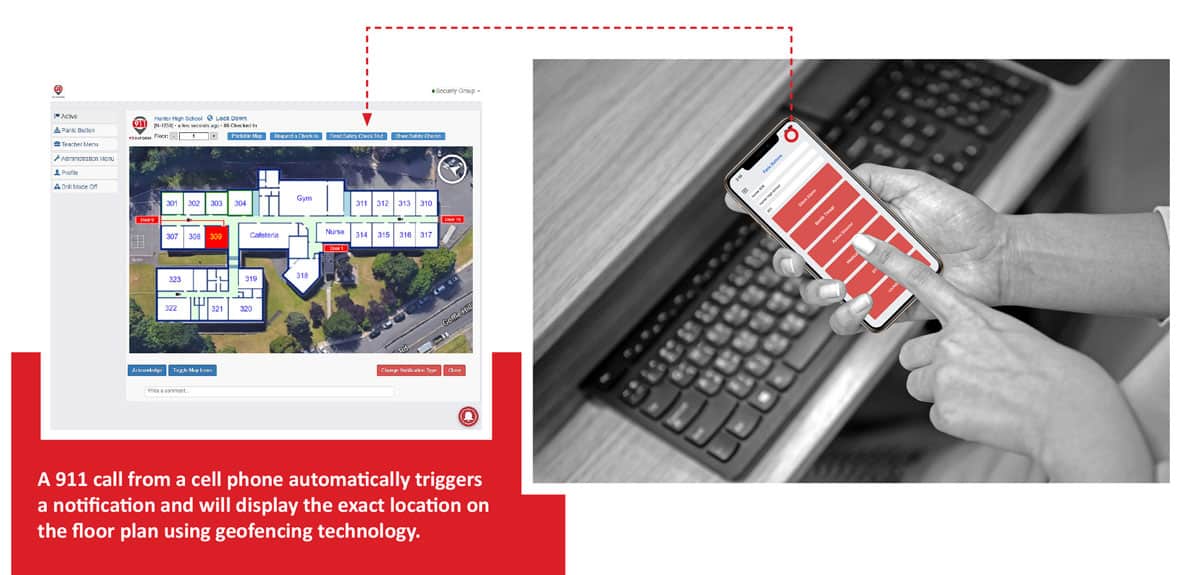Case Study: Safety and Security in our Schools
Minutes Matter – But Seconds Count
By Mark J. Fletcher, ENP
AUTHOR’S NOTE:
The following story is based on a real occurrence in New Jersey. For the safety and security of the schools involved, the names of the Districts have been changed.
An unfortunate reality that exists today is the safety and security of our schools. For multiple reasons, the lockdown of buildings is an important step in denying assailant access to any students, staff, or employees. Not only have an active shooter and mass casualty events become all too prevalent, but they are also something that needs to be carefully planned and evaluated for effectiveness, far ahead of time.

While there is a myriad of technology in existence that is deployable, such as weapons detection cameras and facial recognition technology, we will hold off on that technology discussion for another time. For now, let us focus on specific event-based technology that helps manage these events now, in a manner that is congruent with current FBI best practices. In their latest report, when a threat is perceived, or one is predicted, denying the shooter access to any targets saves lives. This directly translates to an immediate and efficient lockdown event, triggered as early as possible.
In the late fall of 2019, a shooting took place in a metropolitan northern NJ city that was in the vicinity of two K-12 schools that prompted police to immediately initiate a lockdown condition in the two districts. One district had a manual ‘phone tree’ alerting policy in place, with another utilizing a new ‘connected building’ focused solution that could be remotely managed by the Police Dispatcher. When comparing the timelines for these events, a dramatic increase in efficiency was clearly visible with the Modernville connected building. The 18.5-minute delay in the total lockdown of the Legacy City BOE buildings is certainly indicative of how a more efficient solution will ultimately save lives.

It is common practice today to protect our schools and public buildings through legislation such as Kari’s Law, requiring the direct dial of 911 from telephone devices and the on-site reporting of the emergency call to staff, and the RAY BAUM’S Act requiring a dispatchable location be sent to public safety in an emergency. Alyssa’s Law is also now in effect in Florida and New Jersey, requiring mobile ‘panic buttons’ specifically in schools that can provide critical situational awareness direct to public safety in the event of an emergency.
 These new legal requirements are forcing IT staff to work with internal public safety departments, facilities management teams, and local public safety law-enforcement agencies to develop an overall action plan that is quickly and easily put in place to manage these critical life-safety situations.
These new legal requirements are forcing IT staff to work with internal public safety departments, facilities management teams, and local public safety law-enforcement agencies to develop an overall action plan that is quickly and easily put in place to manage these critical life-safety situations.
At 911inform, not only do we cater to telephone call triggers of emergency events, but we realize that those triggers can come from nearly anywhere, or anything, with the evolution of IoT devices everywhere. From simple push buttons on walls to specialized dial access codes for specific event types, to automatic detection systems like infrared cameras monitoring body temperatures for potential COVID-19 targets, to advanced weapons recognition and detection solutions based on video images, and acoustic impact warning sensors (commonly referred to as shot spotters); all of this information is being made available to the enterprise cloud ecosystem. This results in a perfect target for an AI engine to harvest this information, correlate it with other relevant additional data points, and then, based on empirically influenced response models, suggest the most appropriate course of action to a human or other process, but all based on actual data.

As more data points are collected in an environment, the more precise the calculations and predictions will become; but let me be clear about something. We are not talking about autonomous artificial intelligence taking control of a situation without human intervention. What is being developed, is an artificial intelligence that uses suggestive reasoning based on a mathematical calculation of statistical data presented to an individual for validation and execution in the form of a digital assistant. Just as tax accountants use calculators and computers, the AI and sensor data points become assistive tools, since the human mind cannot think, process, and react fast enough. That does not mean it is not in control, it means that the human factor is a final and necessary checkpoint before an action is executed.
Update for the future now. The 911inform solution takes your E911 to the next level. Register here for a live demo.
Read Fletch’s original blog post here: Minutes Matter – But Seconds Count



